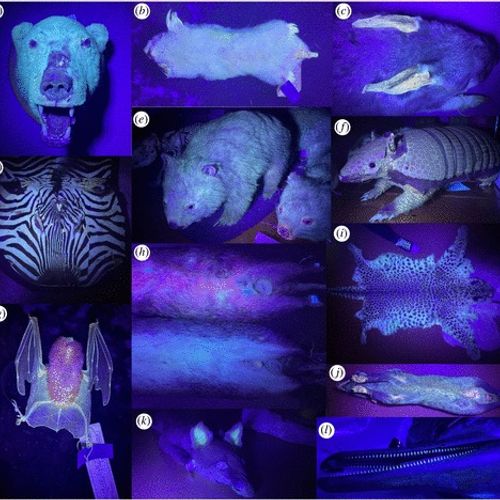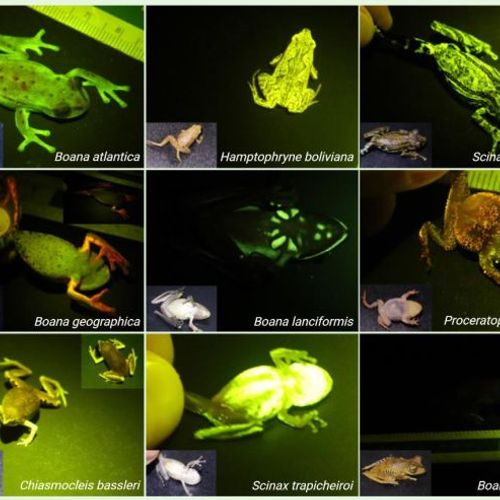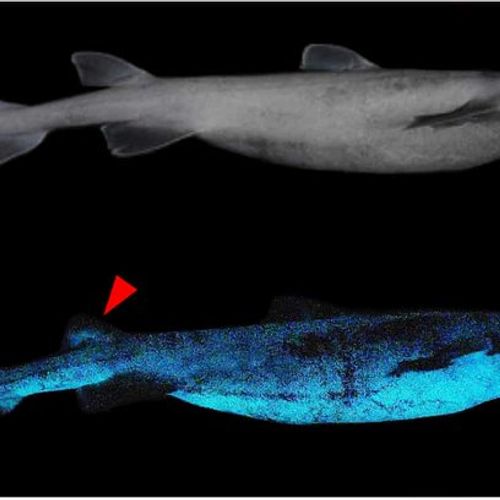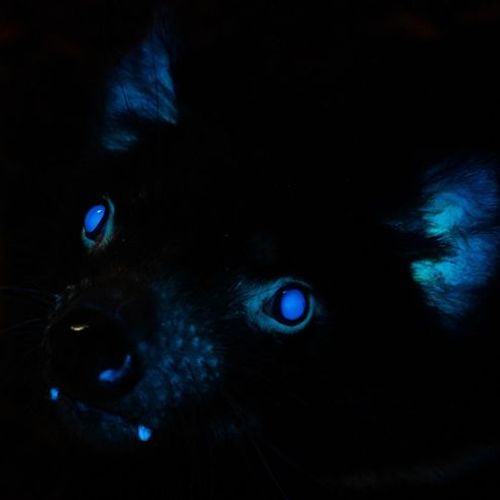
| Added | Mon, 01/05/2017 |
| Источники | |
| Дата публикации | Fri, 28/04/2017
|
| Версии |
In nature there are many living organisms capable of bioluminescence. In addition to fireflies Shine in the dark can some species of fish, algae, bacteria and fungi. The basis of the process — the interaction of protein molecules with the pigment luciferine. However, the mechanism of this reaction is still not known.
Biologists from Russia, Japan and Brazil have decided to find the answer and chose for their study, the fungus Neonothopanus gardneri, called the "flower of coconut" because of its neighborhood with palm trees.
Scientists have isolated from the cells of the fungus glowing molecules and proteins that oxidize them, and followed the change of their structure during the emission of light with the help of special devices. The instability of the oxidation product of luciferin it difficult to study, but biologists did find out, what is the process, and created artificial analogues of molecules.
As shown by experiments, such an analogue can easily be modified, and can be done so that it will glow continuously while changing its color. The presence of workpieces and synthetic analogs of luciferin in the cells of plants allows to receive the first plant with a colored glow, adding the necessary genes in their DNA.
The disclosure of the secret to natural sources of emission and management of this mechanism is important for science because they can be used in many applications, for example, to highlight the cells during the experiments.
A study published in the journal Science Advances.
Translated by «Yandex.Translator»
Новости со схожими версиями
Log in or register to post comments








